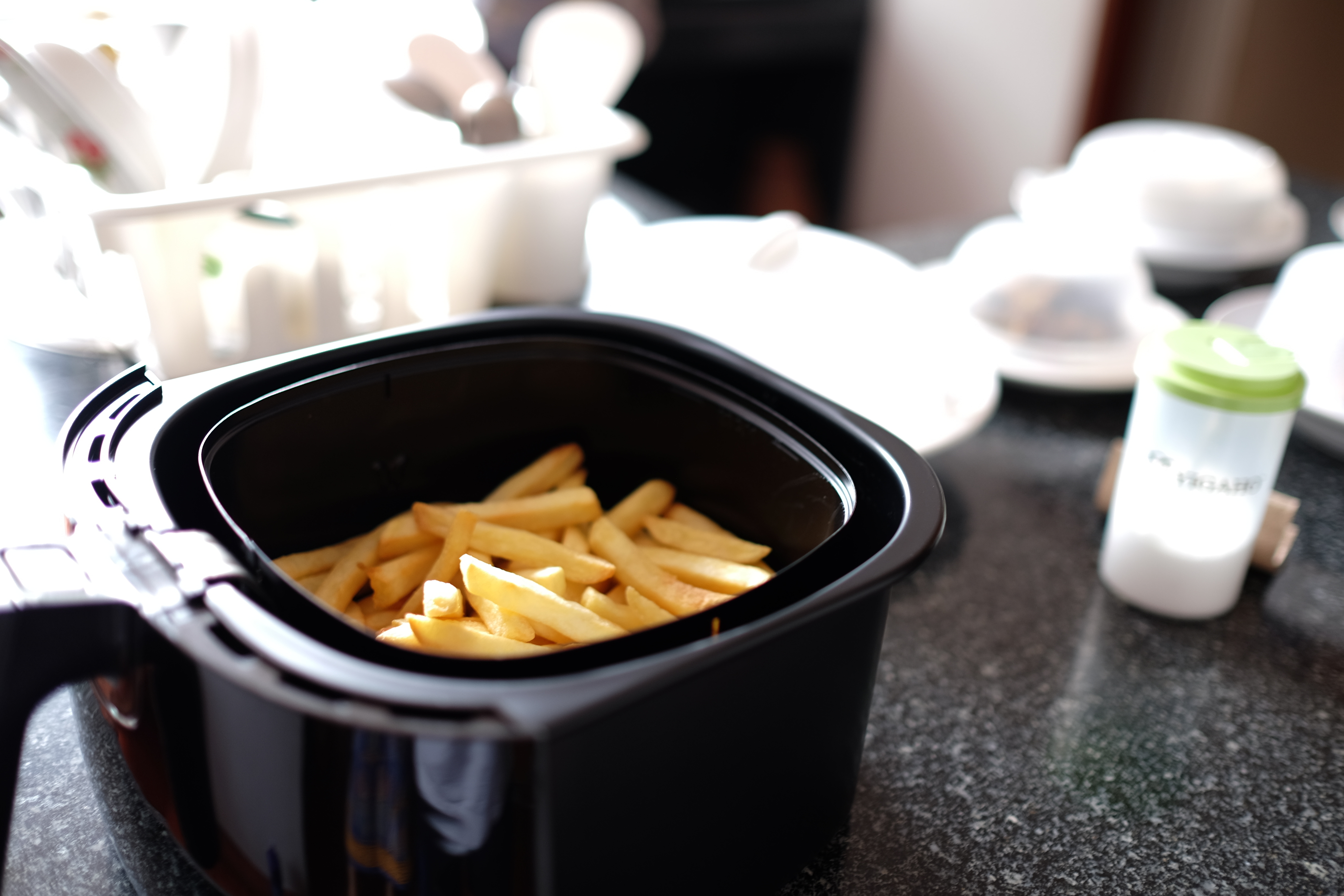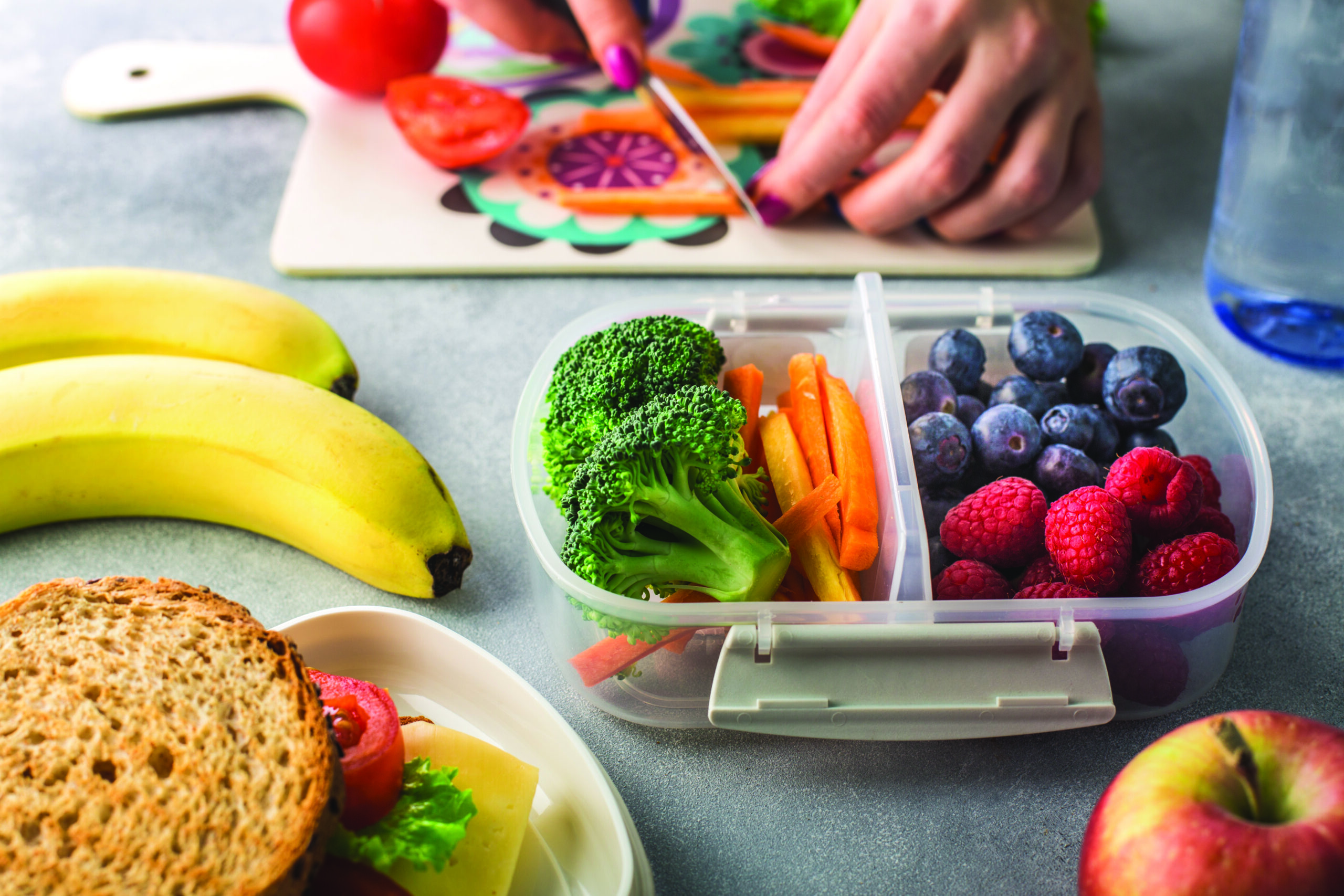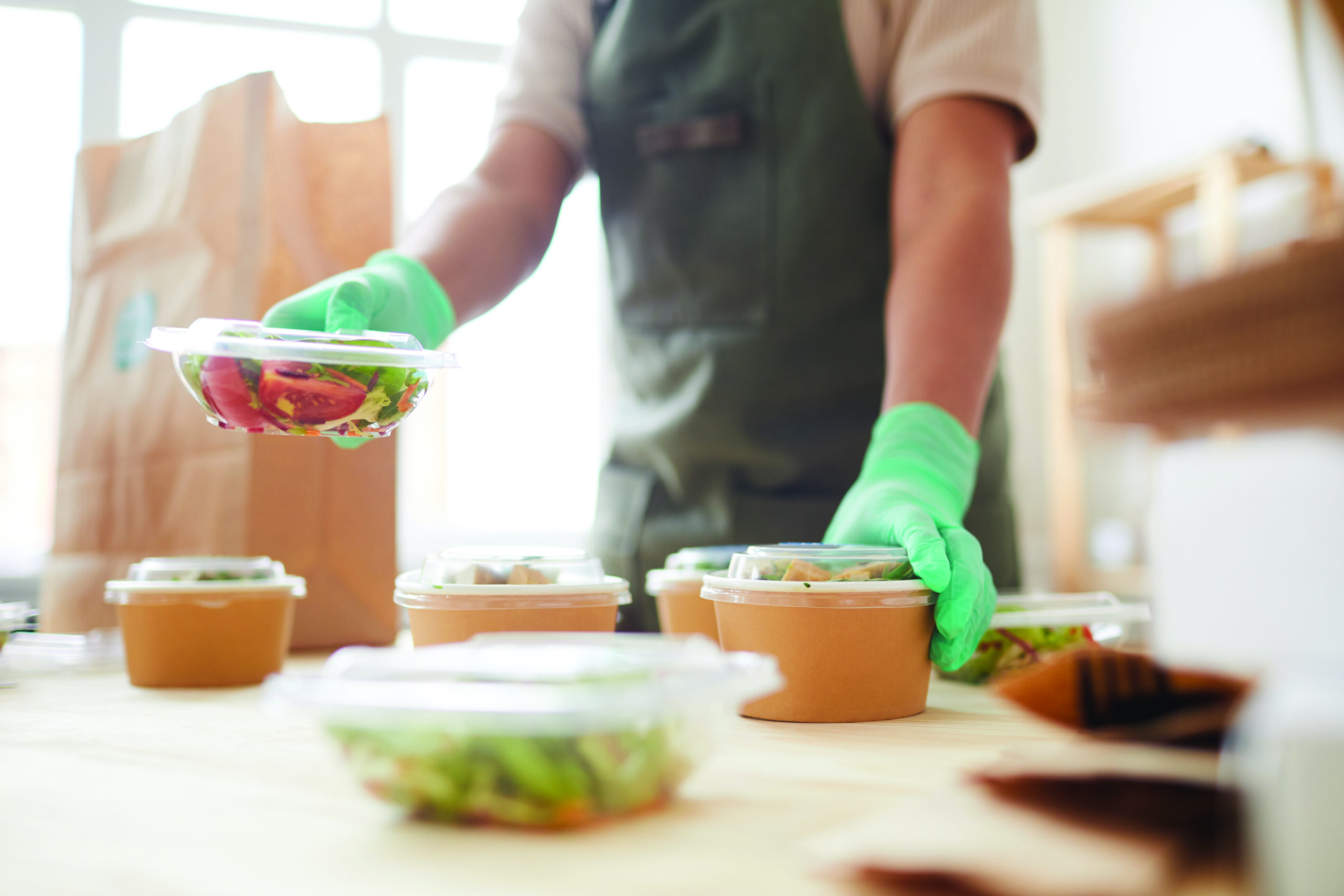by Jeff Gutkowski
We all need to embrace the fact that Americans love fried foods. More people now fry the Thanksgiving Turkey than go the traditional bake route. In fact, a quick trip to your County or State Fair shows you can get just about anything fried, including Oreos, Snickers, M&M’s, Twinkies, shepherd’s pie and cotton candy. In the late 1970s, the world was introduced to the Wear-Ever Popcorn Popper, and people got used to the idea of using heated air to fry things. But it wasn’t until recently that air fryers took over the infomercial universe. Now, air fryers are everywhere, promising health and lifestyle benefits while allowing us to enjoy what previously were artery-clogging, fat-laden, fried foods. But does an air fryer deliver on the promised fried food experience without the adverse health side effects?
As with most new gadgets—yes and no, the answer depends on your expectations. Air fryers can give you a fried-like texture and flavor with significantly less oil and fats. But that’s not to say that air fryers should completely replace the way you cook. For those foods that you want to fry in oil, an air fryer is a great substitute and healthier than frying. Some manufacturers claim that an air fryer can reduce your fat calories by 70 – 80 percent. And you won’t be stuck trying to recycle the oil or with the used oil smell that lingers in the kitchen for days!
Here’s some more good news. Cooking times are much faster in an air fryer than in your big kitchen oven or smaller toaster oven. Roasting Brussels sprouts or baking potatoes in an air fryer takes about half the time and uses significantly less energy due to the smaller size and power needs. Air frying isn’t as fast as a microwave, but it won’t make your bread or reheated fries soggy and the air frying process is easy to understand. Does anyone really know how a microwave works?
So what’s the magic? Simply, an air fryer heats air with an element and then circulates the heated air in a relatively small space, sort of like a convection oven but with better airflow. By coating your food in a little oil, rather than dunking it into a hot vat of oil, the heated air picks up and circulates tiny oil droplets that coat and “fry” the food. Unlike a microwave, the air fryer gives you the same browning from the same chemical reaction that gives the great tastes of baking, roasting or broiling.
Did you know that there are 2000 restaurant fires caused by cooking with oil every year? Air fryers don’t splatter hot oil on your hands and forearms and unless the appliance is damaged, they are not potential fire hazards, like hot oil over an open flame. Air fryers are also easy to figure outset the temperature and time, put the food in the basket and the air fryer heats to temperature quickly. Non-stick baskets make maintenance and cleaning easy.
By switching to an air fryer, you’ll lower your exposure to something called toxic acrylamide formation. Acrylide is a compound that forms during high-heat cooking and might be linked to the development of some cancers, including ovarian, endometrial and kidney cancers. So by using an air fryer instead of deep-frying, you improve healthy eating by removing oils and fats and lowering your exposure to these compounds.
But there are downsides to air fryers, too. Using an air fryer does not mean that your diet is suddenly healthy. That starts with your choice of foods and needs to include good nutrition from fruits, vegetables and lean meats. And don’t think that the air fryer is healthier than all other ways to cook. The air fryer should not replace baking and broiling, which are still healthier options.
Air fryers are good for cooking things in limited quantities. Most fryers can cook a volume of 1.8 – 2.5 lbs, perfect for French fries or roasted asparagus or a chicken pot pie or even the small chicken, but not the holiday rib roast or complete dinner for a family of 4.
Air fryers, a small home appliance, are expensive, typically costing over $200. This makes the air fryer relatively expensive compared to many other kitchen appliances. But air fryers are efficient, easy to use, easy to clean, and multi-functional—it’s really the Swiss Army Knife of kitchen appliances for all it can do.
Whether it’s frying, roasting, baking muffins or reheating a slice of pizza, an air fryer is a handy tool for small cooking jobs that microwaves don’t do well. What really separates the air fryer though, is being able to reheat last night’s French fries— crispy and warm and fast, making the air fryer the “go-to,” small batch appliance.








Leave A Comment